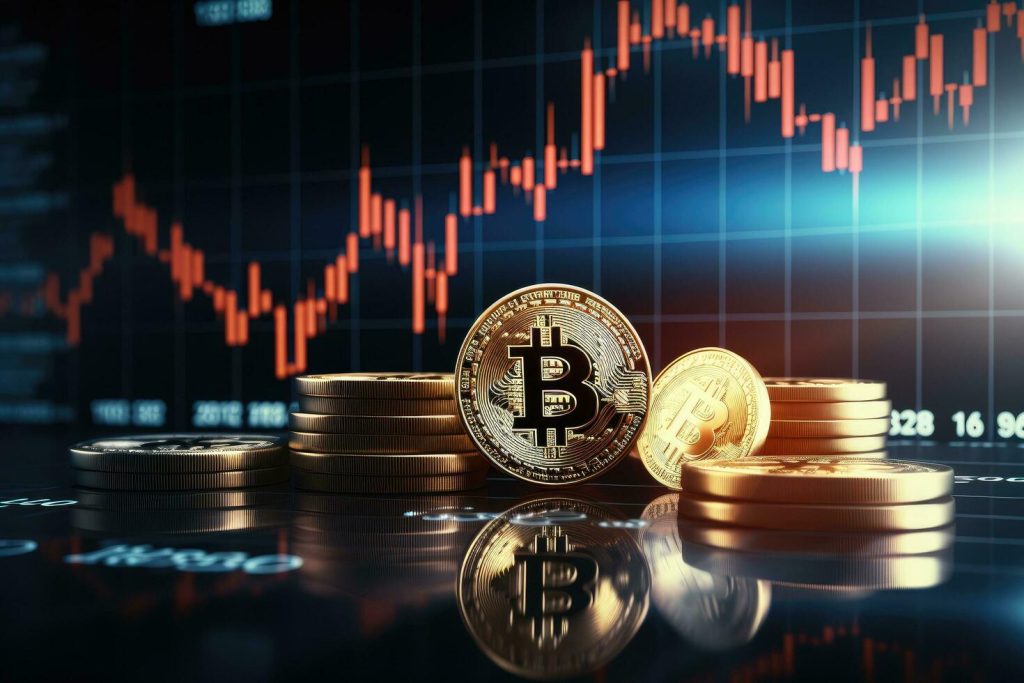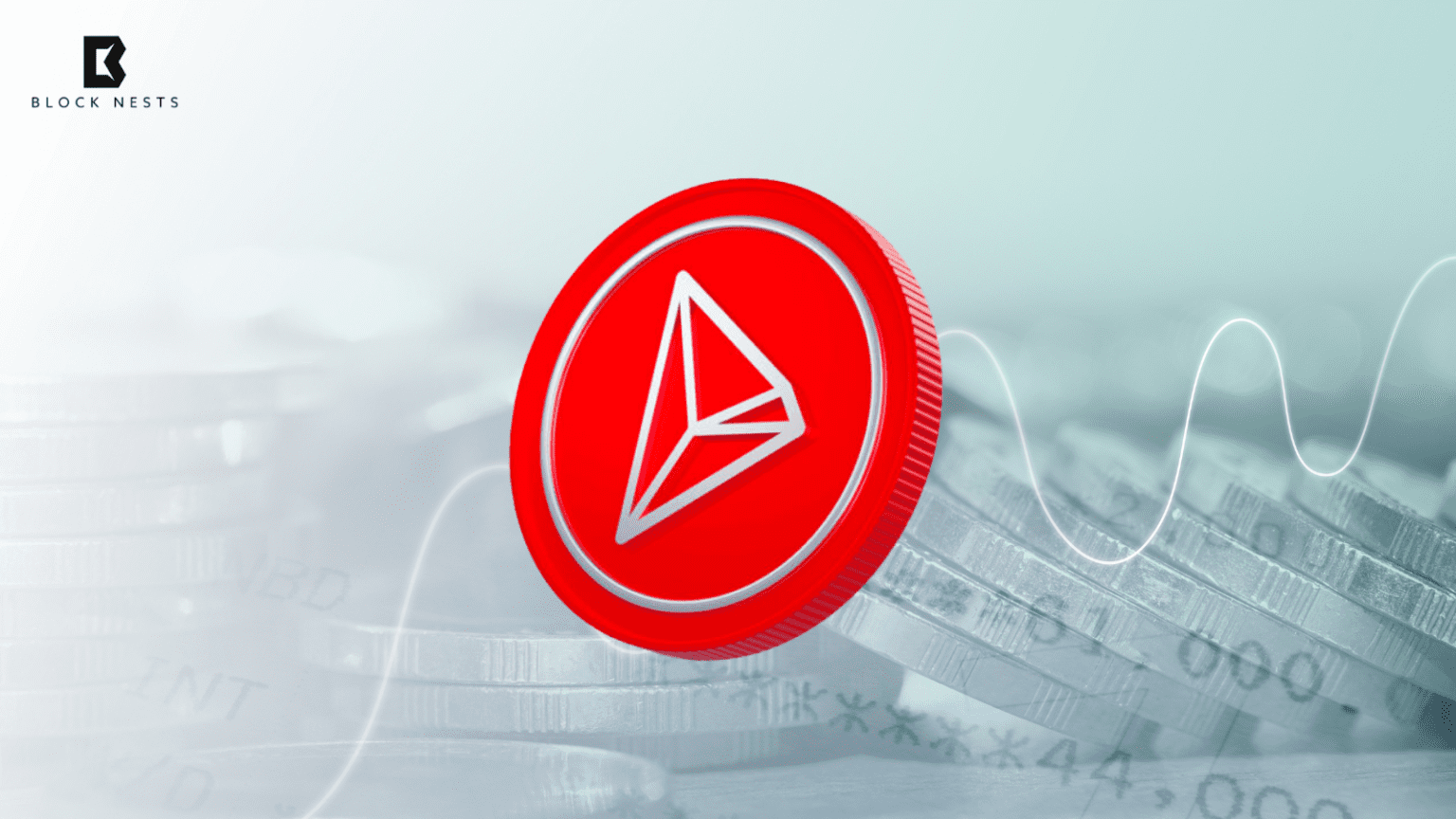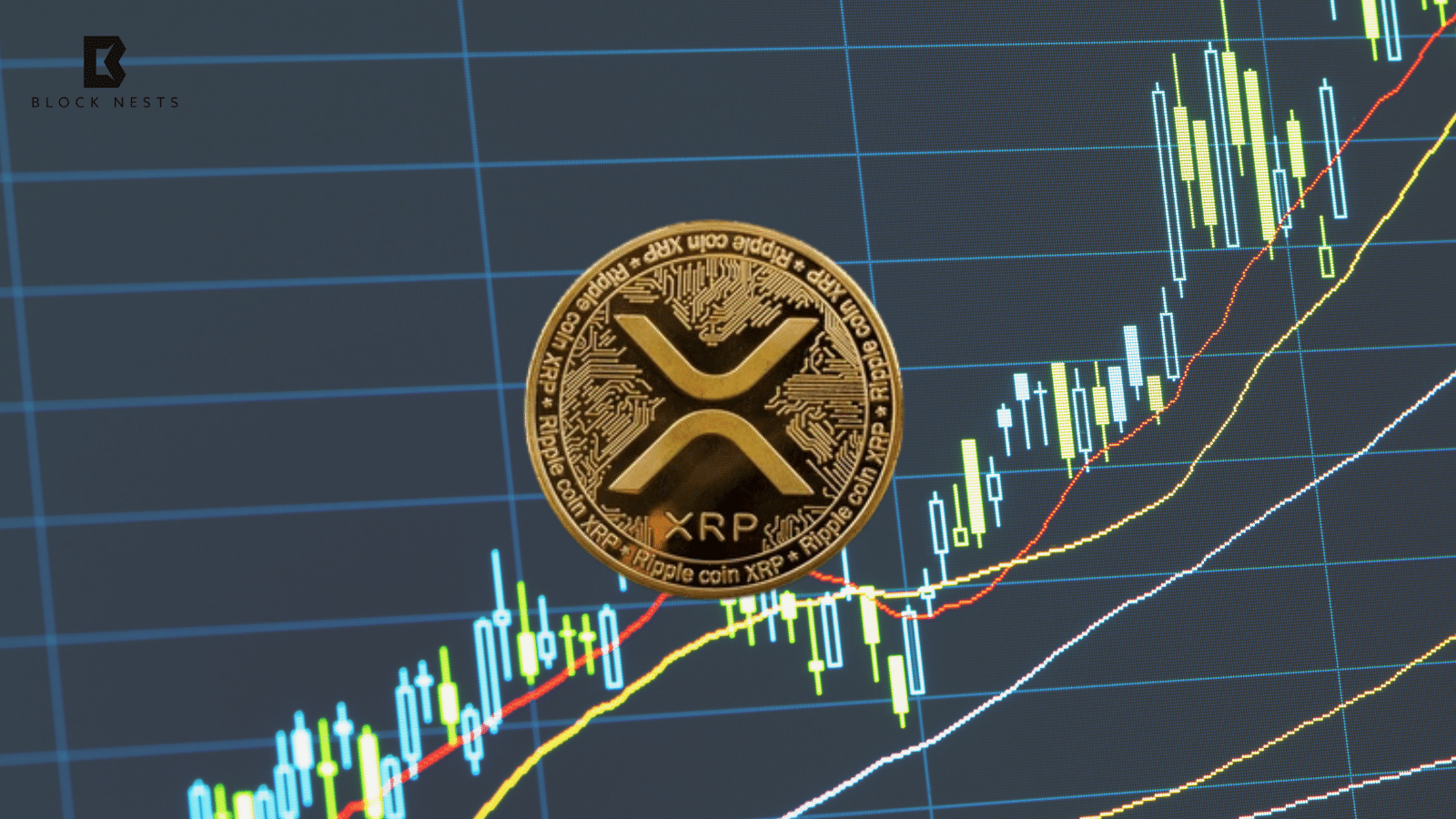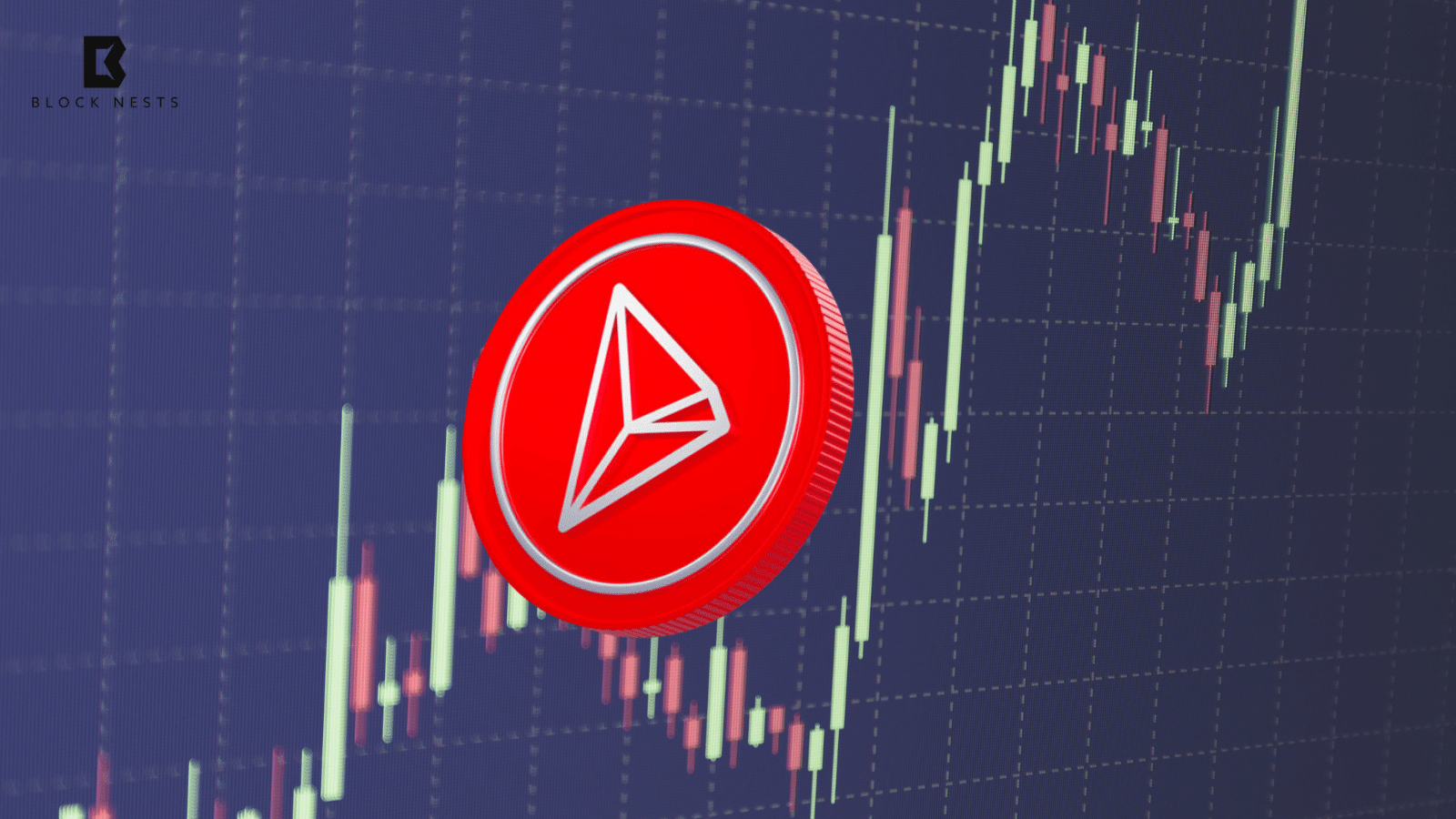- U.S. inflation drops to 2.4% in March 2025, the lowest since October, driven by falling energy costs.
- Bitcoin surges back to $80,000 as CPI data fuels positive sentiment in the cryptocurrency market.
- Tariffs on Chinese imports may counteract inflation relief, leading to higher prices in vulnerable sectors.
The U.S. inflation rate dropped to 2.4% in March 2025, marking the lowest level since October. This decline from 2.8% in February was largely driven by falling energy costs. However, concerns about tariffs persist, raising uncertainty about the long-term economic outlook, including the impact on the crypto market.
After the release of the new CPI data, the cryptocurrency market had a positive response. Bitcoin bounced back, increasing its price to $80,000 and above after a period of fluctuations. Other altcoins also joined the action, posting massive gains and adding to investor optimism throughout the sector.
Crypto Market Surge
For this year, the rate of inflation has reduced due to the reduction in the cost of energy. The CPI has risen by only 0.1% from the February level, which has become the smallest increase in the past eight months. Similarly, core inflation, which excludes the prices of food, energy, and shipping, stood at 3.0%. This is the lowest core inflation rate since April 2021.
However, there are still inflationary pressures that continue to be an issue of concern in some fields. This comes as a relief from high energy costs, yet the prices are anticipated to rise again due to tariffs on Chinese imports. Analysts noted that inflation decelerated in March, yet there are early signs of steep increases attributable to tariff effects across various fields and crypto.
Tariff Effects on Inflation
Trade policies, particularly tariffs, have displaced market orientation. Federal Reserve Chairman Jerome Powell stated that the inflation resulting from tariffs might be longer-lasting than previously expected. At the same time, the Treasury Secretary acknowledged there would likely be a “one-time price adjustment” resulting from the new policies.
Some companies are most affected by high costs, those that depend on Chinese products. These industries had formerly been subjected to tariffs in February, and it is believed that more hikes will occur in the coming months. These costs could outweigh the inflation relief that was observed in March, implying that these industries could significantly increase their prices.
Despite this, there is still a positive inflating rate of 2.4%. A slight decline in the inflation rate benefits the consumers in some ways. However, some tariffs have recently been implemented, which may if not handle ultimately result in an increase in prices of goods and services in different industries. Consumers and authorities will have to be very careful as the tendencies in the sphere of economy further develop.
How would you rate your experience?






